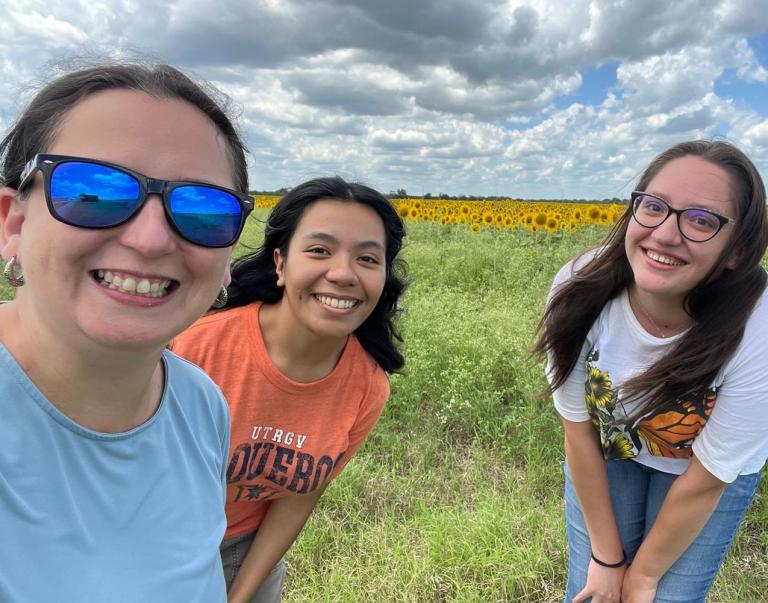Emergency Watershed Protection (EWP) Program
Emergency Watershed Protection (EWP) Program
What is this program?
The EWP offers technical and financial assistance to help local communities relieve imminent threats to life and property caused by floods, fires, windstorms and other natural disasters that impair a watershed.
|
Managing USDA Agency |
Type of Assistance |
Who Should Apply |
Learn More |
|---|---|---|---|
|
NRCS |
Financial and technical assistance for communities |
NRCS must work with a project sponsor to provide EWP Program assistance. An eligible project sponsor must be a state, state agency, local government agency, Native American or Tribal organization | Visit |
How can I use this program?
NRCS offers financial and technical assistance for various activities under the EWP Program, including:
- Removing debris from stream channels, road culverts and bridges
- Reshaping and protecting eroded streambanks
- Correcting damaged or destroyed drainage facilities
- Establishing vegetative cover on critically eroding lands
- Repairing levees and structures
- Repairing certain conservation practices
- EWP property buyouts, and
- Purchasing floodplain buyouts
The EWP Program cannot be used for any of the following:
- To implement the same structural practice more than twice within 10 years
- For existing operation and maintenance
- To repair, rebuild, or maintain any transportation facilities, utilities, or similar facilities
- Projects on Federal lands
- To repair or rehabilitate nonstructural management practices
- To repair coastal erosions to beaches, dunes, and shorelines, including those along the Great Lakes
- Projects that are eligible for assistance by the Emergency Conservation Program (ECP)
Who or what is eligible and what are the eligibility requirements
Recovery Projects must be able to demonstrate that they:
- Provide protection from flooding or soil erosion;
- Reduce threats to life and property;
- Restore the hydraulic capacity to the natural environment; and
- Be economically and environmentally defensible.
Projects must have a local sponsor or legal subdivision of state or tribal government. Eligible sponsors include cities, counties, towns, conservation districts, or any federally recognized Native American tribe or tribal organization. Interested public and private landowners must work through a sponsor.
Are there any deadlines?
Formal requests for assistance are due 60 days from the disaster or 60 days from when the site becomes accessible.
Is there anything else I should know?
- EWP does not require a disaster declaration by federal or state government officials for program assistance to begin.
- The NRCS State Conservationist can declare a local watershed emergency and initiate EWP program assistance in cooperation with an eligible sponsor (see the Eligibility section above).
- NRCS will not provide funding for activities undertaken by a sponsor prior to the signing of a cooperative agreement between NRCS and the sponsor.
- EWP Cost Share: NRCS contribution toward the implementation of emergency measures may not exceed 75 percent of the construction cost, including work done to offset or mitigate adverse impacts as a result of the emergency measures. However, if NRCS determines that an area qualifies as a limited resource area, the Federal contribution toward the implementation of emergency measures may not exceed 90 percent of the construction cost of such emergency measures.
How do I apply?
Contact your local NRCS office and request assistance.
AskUSDA
One central entry point for you to access information and help from USDA.
AskUSDA.gov | askusda@usda.gov | 1-833-ONE-USDA
Ask a Question
Page last updated: March 21, 2023


